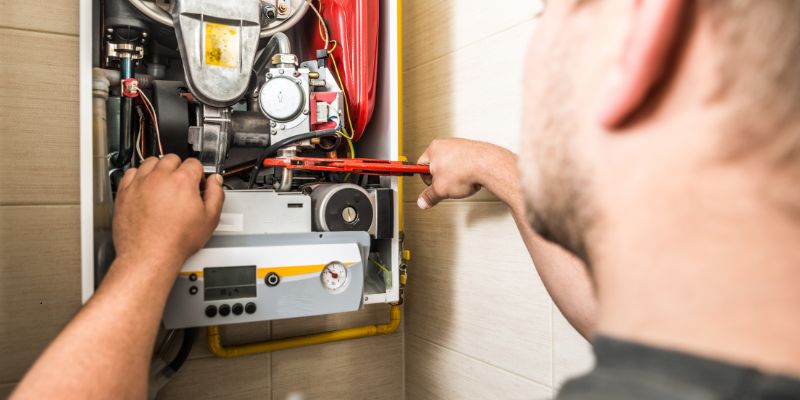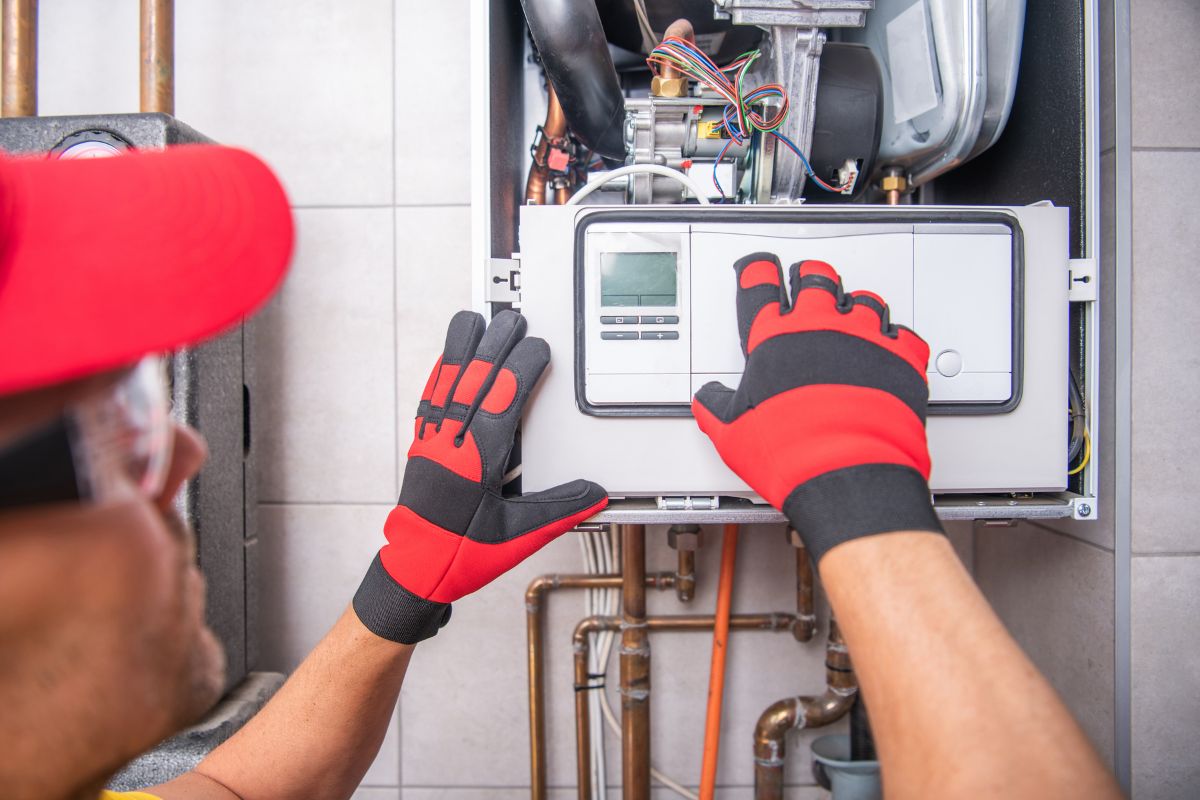When the temperature dips, a roaring furnace transforms your home into a cozy retreat. But what keeps that furnace ready to fire up at a moment’s notice? For many homeowners, the elusive pilot light is confusing.
Do furnaces still have them? If so, where are they? And what should you do if something goes wrong? Don’t worry. We’re here to light the way (pun intended).
What Exactly Is a Pilot Light?
A pilot light is a small, continuous flame within certain types of furnaces. Its sole purpose is to ignite a larger burner when the heating system calls for it. Think of it as the unsung hero of older gas furnaces, always burning quietly in the background, waiting to do its job.
However, with advances in furnace technology, the traditional pilot light has become somewhat of a relic. Many modern furnaces now use electronic igniters instead, which are more efficient and eliminate the need for a constantly burning flame. But if your furnace is older, there’s a good chance it still relies on a pilot light to function.
Do All Furnaces Have Pilot Lights?
Not anymore, and that’s a good thing for your energy bill. Pilot lights are common in older gas furnaces but have been largely phased out in newer models due to inefficiency. Today’s high-efficiency furnaces feature electronic ignition systems like hot surface igniters or intermittent pilot lights. These systems only fire up when needed, cutting down on wasted gas.
If you’re unsure whether your furnace has a pilot light, here’s a quick tip: check your user manual or peek inside your furnace cabinet. If you see a little flame burning when the furnace isn’t running, that’s your pilot light. No flame? You’re probably rocking an electronic ignition system.
Common Pilot Light Problems (and What to Do)
If your furnace does have a pilot light, it might not always play nice. Here are the most common hiccups and how to handle them:
The Pilot Light Keeps Going Out
The most common culprit? A dirty or broken thermocouple is a safety device that shuts off the gas if the pilot light goes out. A weak flame or drafts around the furnace can also snuff it out. If this happens frequently, it’s time to call in a pro.
Lighting It Feels Like Rocket Science
Don’t worry, you’re not alone. Relighting a pilot light can be tricky, especially if the instructions aren’t clear or if you’re unsure where to locate it. Follow the steps in your furnace manual, but if you’re stuck, err on the side of caution and get professional help.
No Flame at All
If you don’t see any flame, your gas supply might be off, or there could be a clog in the pilot tube. Either way, you’ll want to have this looked at by an HVAC technician (and not Aunt Linda, no matter how “handy” she claims to be).

Also read: Why is my Central AC Running But Not Blowing Air?
Should You Upgrade Your Furnace?
If your furnace still has a pilot light, there’s a good chance it’s old enough to remember when flip phones were cool. Older furnaces are often less efficient and prone to breakdowns as they age. Upgrading to a newer model could save you money on your energy bills while sparing you from pilot light headaches. Plus, modern systems are better for the environment. Everybody wins.
Expert Help You Can Count On
If your furnace has a pilot light problem, or you’re considering upgrading to a new, more efficient system, the Fahrenheit Heating & Cooling team is here to help. Serving Central Florida, they’re pros at diagnosing tricky furnace issues and ensuring your home stays warm when it matters most. Whether you need a tune-up, repair, or a brand-new system, Fahrenheit Heating & Cooling covers you. Don’t wait for a cold snap to take action. Reach out to them today!
The Bottom Line
While pilot lights are still hanging on in some older furnaces, most modern systems have moved on to smarter technology. If your furnace does have a pilot light, keep an eye on it and address any issues promptly to avoid bigger problems. And when in doubt, call the experts. After all, your furnace deserves to work as hard as you do to keep your home comfy and cozy.
